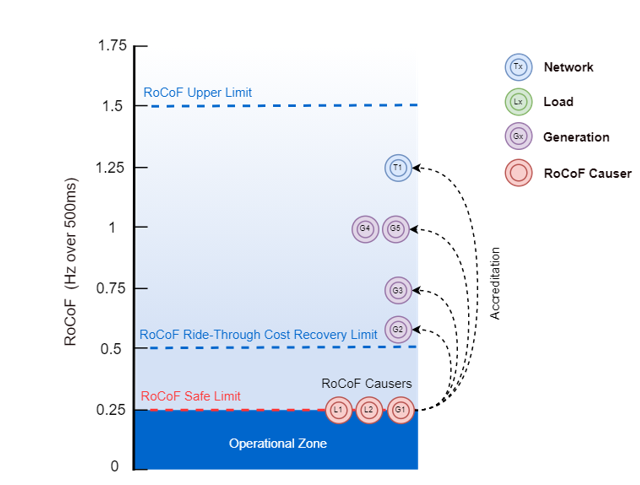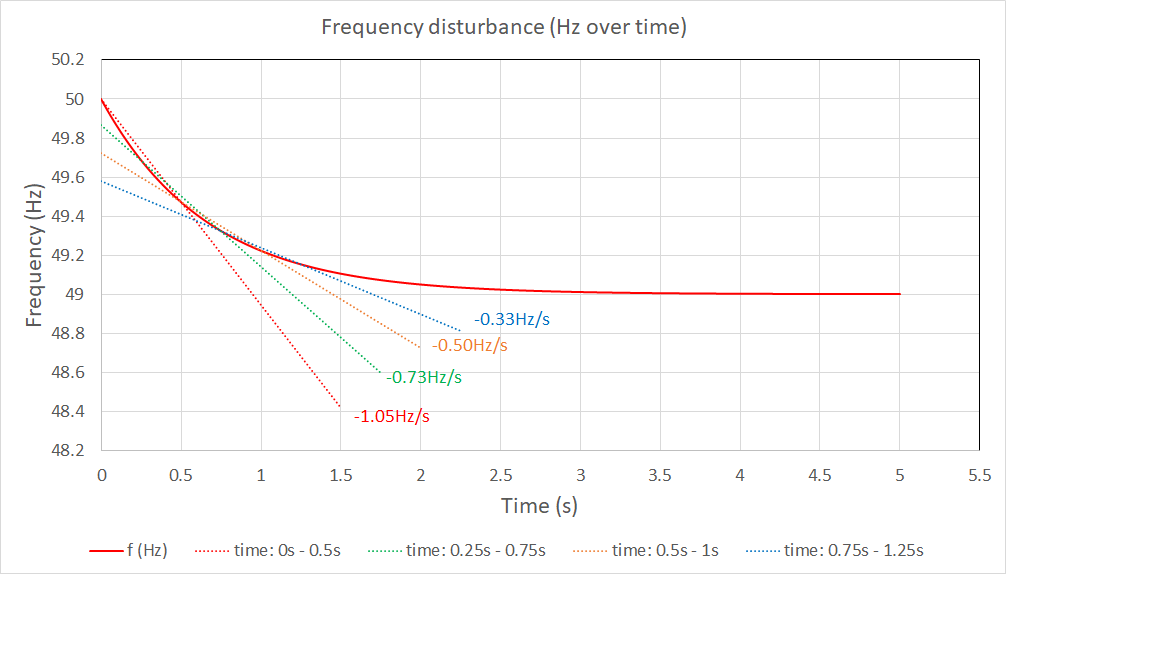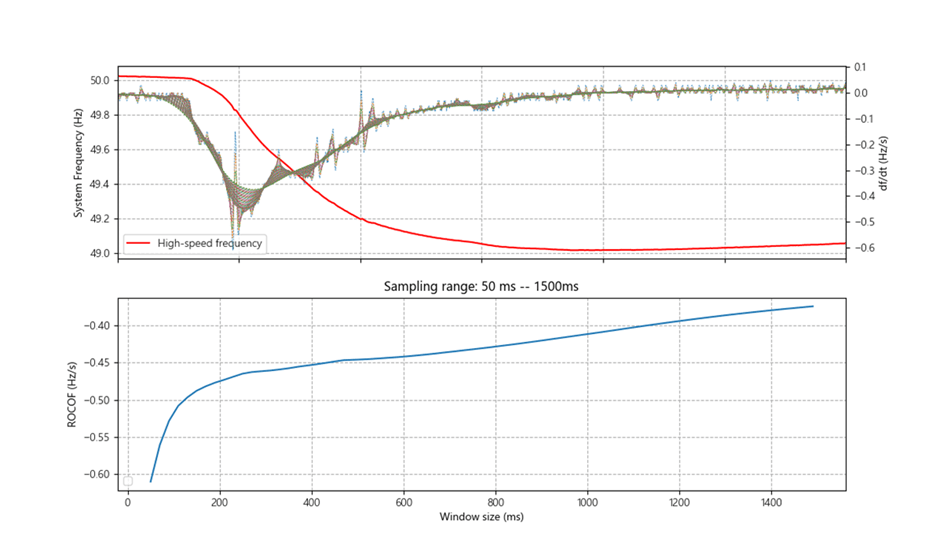Seeking Accreditation for FCESS
Prospective New Providers of ESS
The accreditation process for prospective new FCESS providers is outlined in Paragraph 3.1 of the Frequency Co-optimised Essential System Services Accreditation WEM Procedure.
A Participant may apply to AEMO for accreditation of a Facility to provide one or more Frequency Co-optimised Essential System Services (FCESS).
The Participant must lodge an application in the format detailed in the ESS Accreditation Form found on the Essential System Services page on the WEM Website, including the Facility’s proposed FCESS accreditation parameters (for each relevant FCESS) and any available evidence of its ability to meet its Performance Requirements.
AEMO then determines the capability of the Facility to meet the relevant proposed FCESS Performance Requirements. For each Facility that meets the relevant Performance Requirements, AEMO then determines the relevant accreditation parameters (e.g., Speed Factor). The current acceptable Speed Factor band is [0.2, 0.5, 1, 3, 6, 10, 15] seconds.
As part of this process and where it is deemed necessary, AEMO may request additional supporting information from the Participant, or request testing of its Facility to verify its capability to deliver the relevant FCESS.
Where it is requested to undertake testing by AEMO, a Participant will be obligated to either perform that testing or withdraw its application for accreditation.
In the event that AEMO determines that the capability of the Facility does not meet the relevant Performance Requirements for the relevant FCESS, AEMO will reject the Facility’s application and notify the Participant.
Where AEMO determines that a Facility is capable of meeting the relevant Performance Requirements for a relevant FCESS, AEMO accepts that application and notifies the Participant of the results of its determination, including all accreditation parameters for which the Facility may be accredited.
Where a Participant has been notified that its Facility is capable of meeting the relevant Performance Requirements for the relevant FCESS, it will be required to subsequently submit the final approved Facility accreditation parameters to AEMO by adjusting (if necessary) and re-submitting the form.
Applications (under paragraphs 2.1.2 of the FCESS Accreditation WEM Procedure) for Accreditation should be sent to wa.operations@aemo.com.au
Applications for RoCoF Ride-Through
Facilities with a RoCoF Ride-Through Capability, i.e. the ability to withstand up to a specified level of Frequency change over 500 milliseconds that is below the RoCoF Ride-Through Cost Recovery Limit, will be deemed causers of the RoCoF Control Service and will need to contribute to recovery of the costs of the service.
The RoCoF Ride-Through Cost Recovery Limit is determined by AEMO in accordance with the FCESS Accreditation WEM Procedure and must be set at least 0.25 Hz over 500 milliseconds higher than the RoCoF Safe Limit (currently 0.25 Hz over 500 milliseconds). It also cannot exceed the RoCoF Upper Limit, which is the worst case RoCoF determined by AEMO in accordance with the FCESS Accreditation WEM Procedure.
AEMO has determined the following RoCoF limit:
| RoCoF Upper Limit | RoCoF Ride-Through Cost Recovery Limit | Valid from | Last review |
|---|---|---|---|
|
1.5 Hz over 500 milliseconds |
0.5 Hz over 500 milliseconds |
31/01/2023 |
31/03/2025 |
Participants that wish to have a RoCoF Ride-Through value above the RoCoF Safe Limit must submit a proposed RoCoF Ride-Through value to AEMO along with the required supporting evidence specified in the FCESS Accreditation WEM Procedure.
An application must include:
- The requested RoCoF Ride-Through Values, in terms of Hz over 500ms – for example 1.5Hz over 500ms
- Valid supporting evidence as specified in the FCESS Accreditation WEM Procedure
RoCoF Ride-Through Values are specified as a Hz value over 500ms, measured as an average over any 500ms timeframe. For example, below, the rate-of-change of frequency changes over time:
In practice however, real power disturbances rarely follow such a well-defined path, and it is difficult to discretely specify where the maximum rate-of-change occurs. The example below shows a real power system disturbance and how the rate-of-change of frequency varies throughout the disturbance.
It is for this reason that a sampling window of 500ms is used to determine the maximum rate-of-change of frequency over the entire disturbance.
Supporting evidence must also consider the equipment specified in the RoCoF Ride-Through Sensitive Equipment List, as per the requirements of the FCESS Accreditation WEM Procedure, and where a Hz/s value is specified, include the timeframe that this is measured over.
AEMO will review the proposed RoCoF Ride-Through value and supporting evidence in accordance with the process specified in the FCESS Accreditation WEM Procedure and will notify the Participant of its determination.
Applications for RoCoF Ride-Through should be sent to wa.operations@aemo.com.au.









